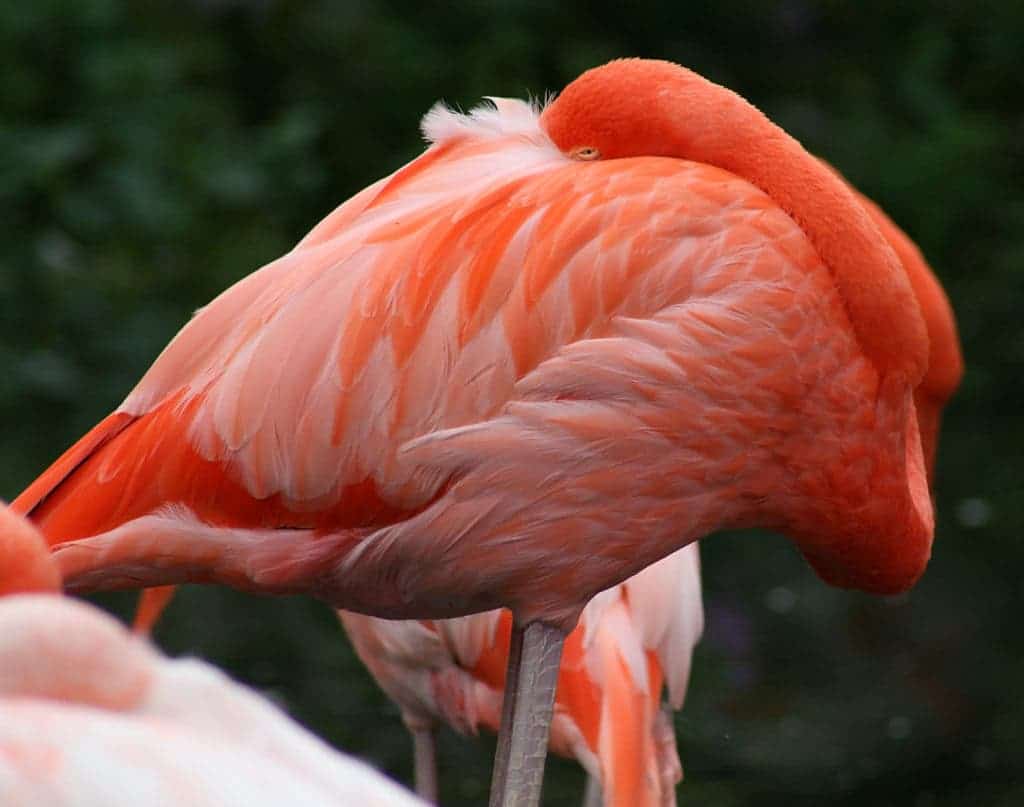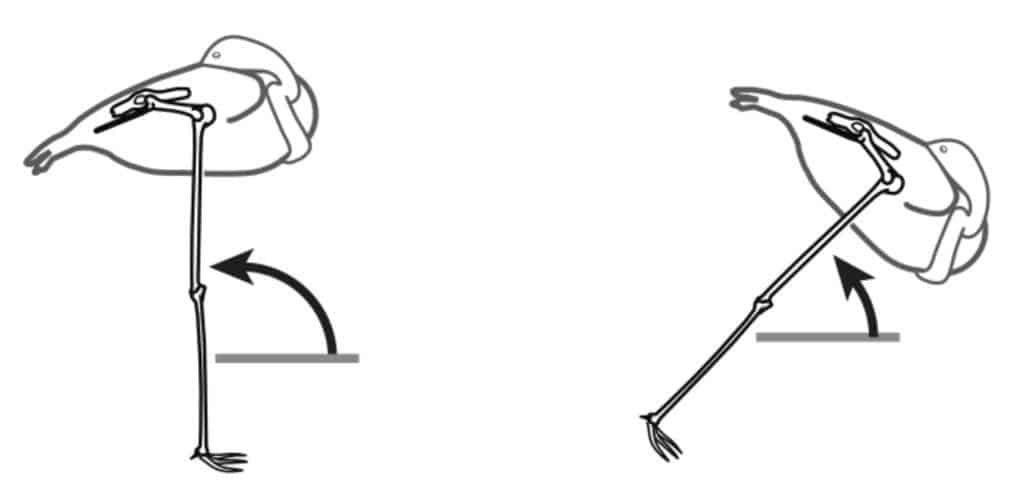If you’ve ever seen flamingoes, the odds are they were standing on one leg, which is pretty insane if you think about it. They do have two legs, which gives more stability, yet they choose to only use one. But why?

Young-Hui Chang and his fellow biologist Lena Ting asked themselves that exact question. They carried out a literature research, but while they found several theories, no one truly showed why they do it.
“Some people thought it was to conserve body heat lost by standing in cold water. Standing on one leg would presumably cut the energy lost to heat in half,” Chang writes for The Conversation. “Another hypothesis is that standing on one leg reduces muscle fatigue by giving one leg a rest while the other supports the body. This theory is based on the idea that standing on two legs is more fatiguing than standing alternately on one leg and then the other, but no one has ever directly tested that.”
The most common theory comes from experimental psychologist Matthew J. Anderson, who has studied this topic quite a bit. A 2009 study by Anderson has generally been accepted by biologists and zookeepers. The study suggests that flamingos pull one leg up close to their body to conserve heat that might otherwise be lost while standing in cold water. But this hypothesis was mostly debunked in another study, when New Zealand scientists observing flamingos reported that it doesn’t really make a difference temperature-wise. Instead, they claim, this enables the birds to “shut down” half of their brains while sleeping. Sara Hallager, curator of birds at the Smithsonian’s National Zoo, says we’re overthinking it and they’re just doing it because it’s more comfortable. But how can it be more comfortable?
Thinking of it from a human perspective, it doesn’t make much sense. If you’ve ever tried it (as in the tree position in yoga for example), you’re quite aware how difficult it can be. The more you lift your other leg, the harder it gets. Tilt your head, it gets even worse. Try to close your eyes, and it’s almost impossible. But the flamingoes do it, and without much difficulty. In fact, it would only make sense if they somehow save energy through it, which no one had been able to show.
So the two set out to dissect a flamingo (which had been euthanized by a zoo due to poor health), which seemed to offer no answers, until Ting had a crazy idea: “Why don’t you try and pick it up by the leg?” Chang did, and much to their surprise, they observed how the leg snapped into place, becoming rigid and unyielding. The bird kept its balance just as it did when was alive. It was definitely a ghastly image, Chang holding the dissected flamingo by one leg, but for them — it was a lightbulb moment.

Having legs that become rigid in an upright position is not unheard of — just think about horses and how they can sleep while standing. Hanging bats and even some birds have developed stabilizing mechanisms which allow them to sleep while safely perched on a branch or in a cave, so the idea seemed to make a lot of sense.
The scientists set out to test this idea and used a device called a force plate, a Wii Balance Board-like device which tests the forces animals or humans apply while standing. With it, they compute the so-called postural sway — the motion of the body as it is standing on one, two, or even four limbs. Chang writes:
“In our measurements, we found that juvenile flamingos from Zoo Atlanta had remarkably little postural sway as they were falling asleep while standing on one leg. When they were awake, and grooming or jousting with their buddies, while standing on one leg, their speed of the postural sway increased up to seven times.”
So they concluded that flamingoes exhibit specializations which allow them to stand upright with very little effort, without even locking their joints (because muscles aren’t active in cadavers). This doesn’t only reduce the required energy, but it also allows them to escape quickly in case of impending danger.
Journal Reference: ,






